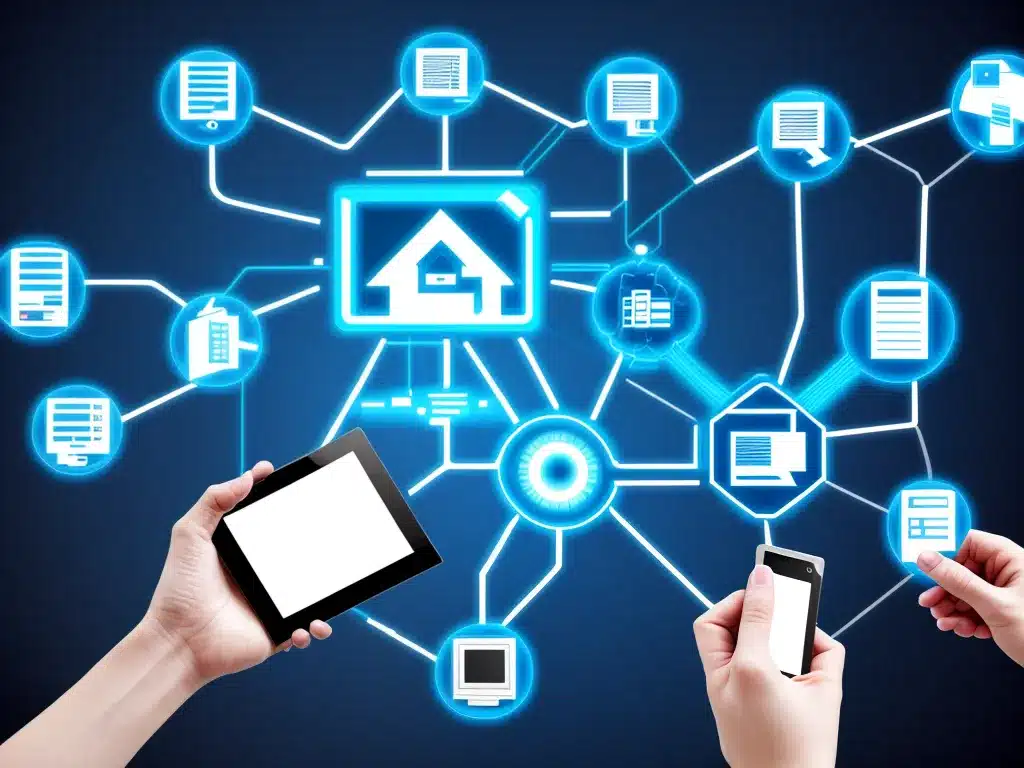
IoT Device Management Challenges and Best Practices
The Internet of Things (IoT) connects physical objects and devices to the internet so they can share data and be controlled remotely. With billions of IoT devices coming online, managing them securely and efficiently emerges as a major challenge. This article examines the key IoT device management issues and provides best practice recommendations.
Challenges in IoT Device Management
Managing large numbers of heterogeneous IoT devices spread across different locations poses several key challenges:
Scale
The massive scale of IoT deployments makes device management a complex task. Tracking, monitoring and updating each device manually becomes impractical. New automated, scalable approaches are needed.
Diversity
IoT devices utilize different protocols and platforms. Managing this broad diversity of devices, protocols and data formats is challenging. IoT device management systems need to handle this heterogeneity.
Security
With more attack surfaces, IoT device security is a major concern. Devices are vulnerable to hijacking, malware and denial-of-service attacks. IoT device management systems should enable continuous security monitoring, threat detection and automated patching.
Interoperability
IoT devices from different vendors often lack interoperability. This makes centralized monitoring and control difficult. Open standards for communication and data exchange are needed.
Data Management
The sheer volume of data generated from millions of devices poses a scalability challenge. Processing, analyzing and extracting value from this data requires efficient management.
Lifecycle Management
Software changes, config changes and firmware updates are needed throughout the lifecycle of IoT devices. Tracking and managing these changes across large-scale deployments can be complex.
Legacy Device Support
Many legacy devices lack IoT connectivity and management capabilities. Enabling legacy device integration with IoT systems can be difficult.
Best Practices for IoT Device Management
To address the challenges, organizations need robust, enterprise-grade IoT device management capabilities:
Device Provisioning and Registration
Onboarding and registering devices on the IoT platform is the first step. This allows automated device identification, authentication and authorization.
Remote Monitoring and Control
Remotely track, monitor and diagnose device health, performance, events, activities in real-time. Enable remote control and configuration management.
Software and Firmware Updates
Manage software/firmware updates across devices. Schedule automated updates. Ensure integrity of update files and provide fail-safe rollback.
Security Management
Protect devices via whitelisting, blacklisting, quarantining. Detect security anomalies in device behavior. Encrypt communications and data.
Data Management
Collect, process and analyze data generated by devices. Use edge analytics for low-latency insights. Manage data storage, reporting and visualization.
Standards and Interoperability
Leverage open standards like MQTT, AMQP for IoT device communication to ensure interoperability between devices and platforms.
In summary, a robust IoT device management platform helps organizations securely onboard, remotely monitor, control and update all devices at scale while collecting and analyzing data to derive value. Careful evaluation of device management capabilities is recommended during IoT platform selection.












